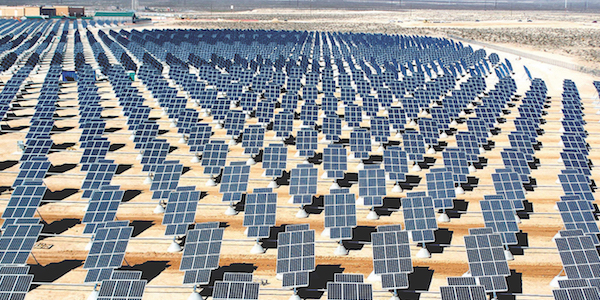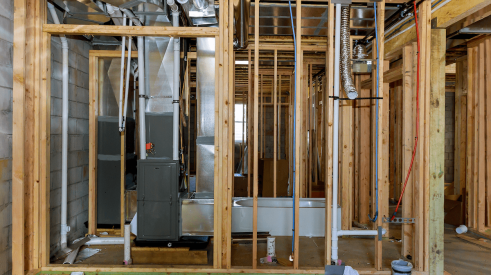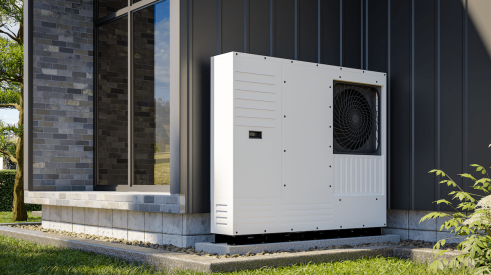Solar power is, pardon the pun, having its moment in the sun. This year, for the first time, solar power is expected to contribute more new electricity to the grid than any other source. And while rooftop installations are beginning to grace the tops of more residential and commercial buildings in cities across the country, they are small potatoes when compared with the larger solar systems that sell electricity directly to utilities.
The problem is, even with significant price reductions in the cost of solar panels, individual solar rooftop installations are expensive and require incentives and subsidies to make them viable for most homeowners.
Large systems that sell electricity directly to utilities, on the other hand, benefit from economies of scale and are expected to account for more than 70 percent of new solar added to the grid in 2016 while costing less than other forms of electricity, including rooftop solar installations. Unsubsidized utility-scale solar power, according to Reuters, costs $50 to $70 per megawatt-hour (which equates to 5 to 7 cents per kilowatt hour). Even the most efficient type of gas plant can’t match those numbers dollar for dollar, as gas electricity from an efficient plant still costs $52 to $78 per megawatt hour.
Rooftop installations, meanwhile, cost between $184 and $300 per megawatt hour before subsidies. The simple act of taking a solar panel from someone’s roof and moving it to a field would significantly decrease the cost of that power. What is lost, however (and what is, possibly, the main reason why many people prefer rooftop panels), is the feeling of independence that accompanies producing your own electricity on-site at home and the fact that power is generated right where it’s needed.
In a 2014 contract between Austin Energy and a 150 megawatt solar plant, the utility purchased power for 5 cents per kilowatt hour, opening a market for utility-scale solar in the Southeastern states. The solar plant provides enough energy to light and cool 30,000 homes for, what was at the time, a record-low price for solar energy—without subsidies.
Which brings us to one of the main differences between large-scale solar and solar on individual rooftops: Large-scale solar is doing well even in markets that lack policies promoting green power.
Rooftop solar manufacturers and installers are taking note of the shift and some are beginning to scale up their services and products, such as developing solar power plants and battery storage systems aimed at utilities.
According to the North Carolina Clean Energy Technology Center, which maintains a database of state renewable-energy incentives, in 2015 as many as 24 states reviewed or made decisions to study the value of rooftop solar, with the aim of more precisely determining what benefits on-site solar delivers beyond the basic cost of power.
Advertisement
Related Stories
Sustainability
Which Green Building Practices Are Home Builders Using Most?
A recent report reveals which green-building practices are most popular among single-family home builders and remodelers
Codes + Standards
Public Comment Period Opens for National Green Building Standard Updates
The 45-day public comment period for draft 2 of the 2024 NGBS begins on April 12, 2024
HVAC
5 Findings About Heat Pumps
Pinpointing whether heat pumps are a good investment is tricky. A recent report from the National Renewable Energy Lab aims to cut through the complexity







